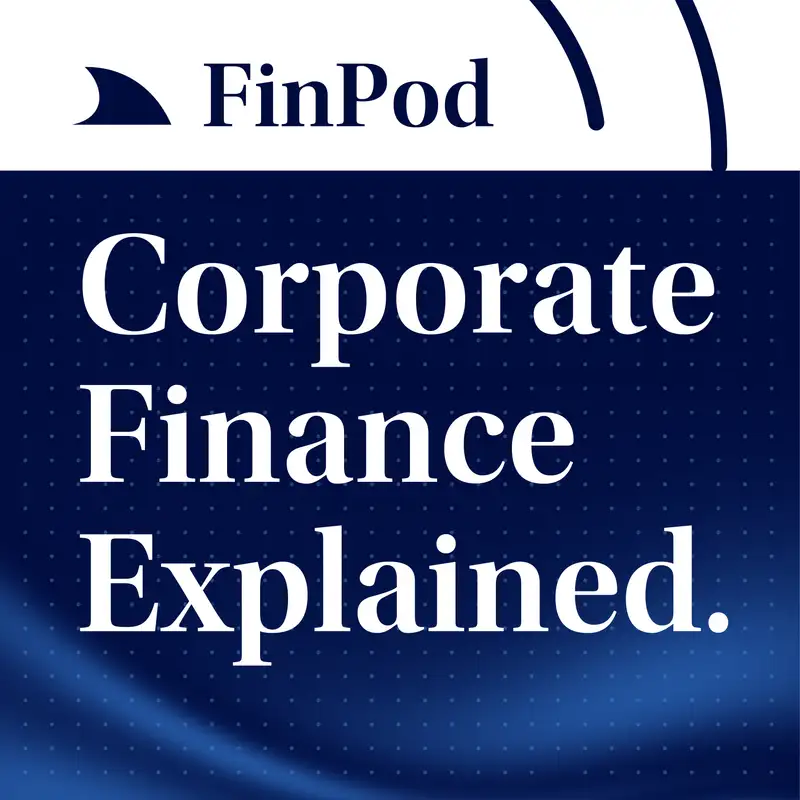Corporate Finance Explained | Working Capital Management: Strategies for Optimizing Liquidity
Ever wonder how a profitable company can suddenly face bankruptcy? The answer lies in Working Capital Management (WCM). In this episode of Corporate Finance Explained on FinPod, we delve beyond profit margins to examine the daily cash battle that determines a company's survival and growth.
We unpack the paradox of being "paper rich, cash poor" and reveal how WCM masters, such as Apple and Walmart, have turned liquidity into a competitive weapon, while others have learned the hard way that neglecting cash flow can destroy value.
This episode covers:
- The WCM Paradox: Understanding the critical difference between long-term profit and short-term liquidity, and how a broken Cash Conversion Cycle (CCC) can lead to failure.
- Strategic Mastery: How companies achieve strategic negative working capital by using market leverage to get cash from customers instantly while stretching payments to suppliers (effectively an interest-free loan from the supply chain).
- Lessons from Failure: The stark warning from Kraft Heinz, where a WCM breakdown—bloated inventory and slow receivables—led directly to a painful dividend cut, showing WCM discipline is not optional.
- The Finance Playbook: Five core strategies every professional must champion to weaponize WCM, including tightening Accounts Receivable terms, centralizing cash with Treasury Management, and using AI for demand forecasting.
- Critical Ratios: The importance of stress testing your short-term resilience and knowing key ratios that signal liquidity risk long before the crisis hits.

